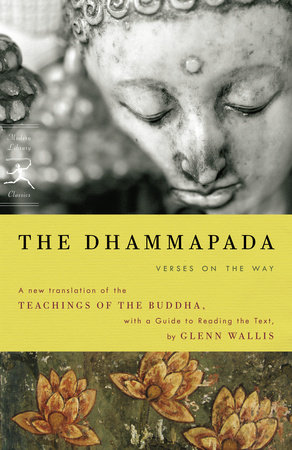
The Tibetans of that time were not ready for the spiritual teachings contained therein, so he hid his texts in strange and remote locations, leaving them to be discovered at a later time when their spiritual message could be received by those with an open mind. Legend has it that while visiting Tibet, PadmaSambhava found it necessary to conceal sanskrit works he had arranged to be written. The work has been traditionally attributed to Padma-Sambhava, an Indian mystic who was said to have introduced Buddhism to Tibet in the 8th century. It is meant to be a guide for those who have died as they transition from their former life to a new destination. This is called: Bardo Thödol - The Great Liberation by Hearing on the After Death Plane. In the Tibetan Buddhist spiritual tradition there is a unique teaching on how to help a dead person.He often said, “I have not come to the West to convert people to Buddhism.

My masters are the phenomenal world.” That attitude may have made him more able to just jump in here. He often quoted the great yogi and poet Milarepa, saying, “I have never learned from books and ink. He had done many, many solitary retreats and emphasized intensive practice. His training in various Karma Kagyu monasteries, including Tsurphu, was strict, even severe, and he always had a very direct, no-nonsense approach. From childhood, he’d had a deep instinct for dharma.


His parents were simple nomads and very devout. Lama Chopel - one of his true-hearted student - has said a few words about him: "Lama Ngawang was certainly a remarkable man. He has rooted his tradition of Kagyu lineage in both Sweden and Hungary, establishing ever-since astounishingly flouring Buddhist Centers for the benefit of all sentient beings, as well as Retreat Facilities for the more serious practitioners who would like to walk on the ancient wisdom of Inner Path which in Western World known as and named as Buddhism. He was tibetan, spending half of his life outside Tibet, most of the time in Sweden and Hungary.


 0 kommentar(er)
0 kommentar(er)
